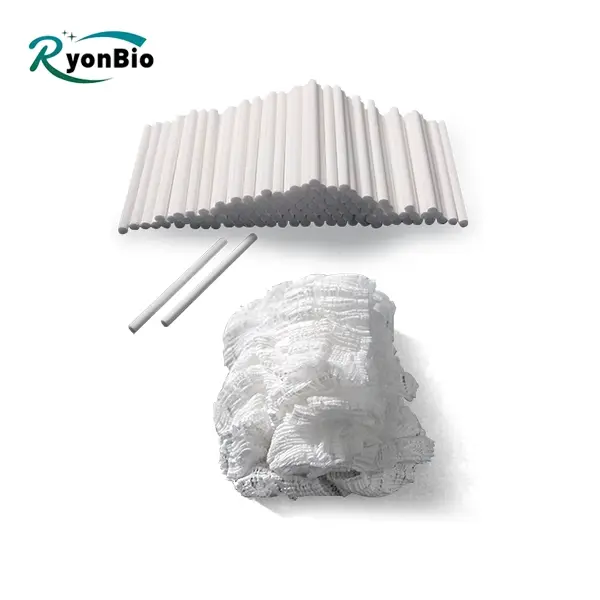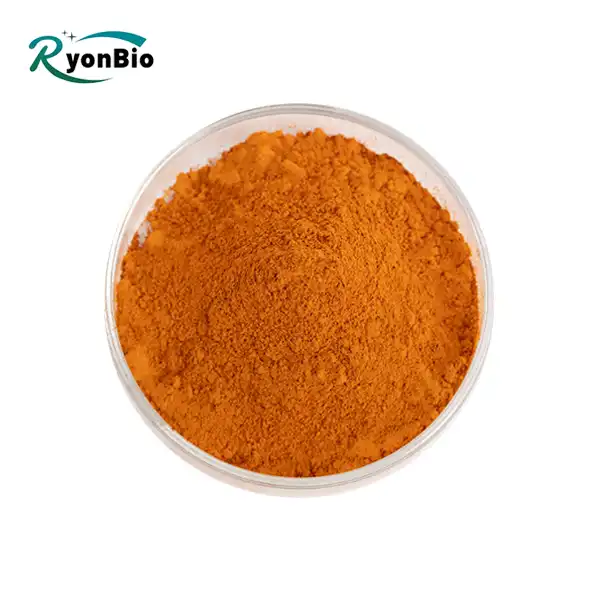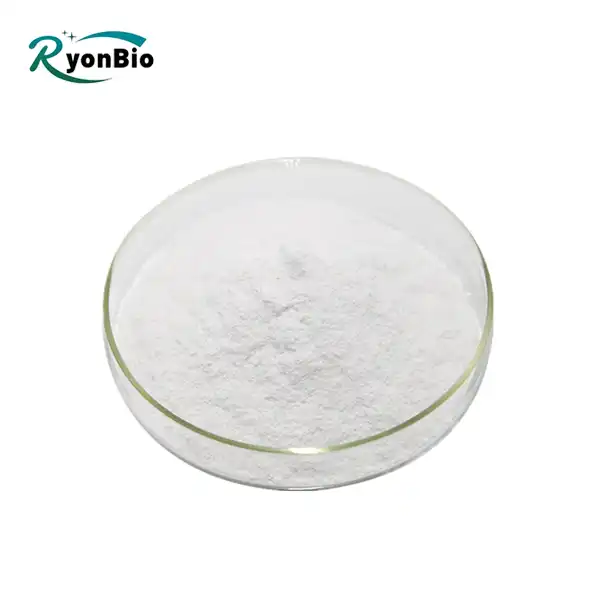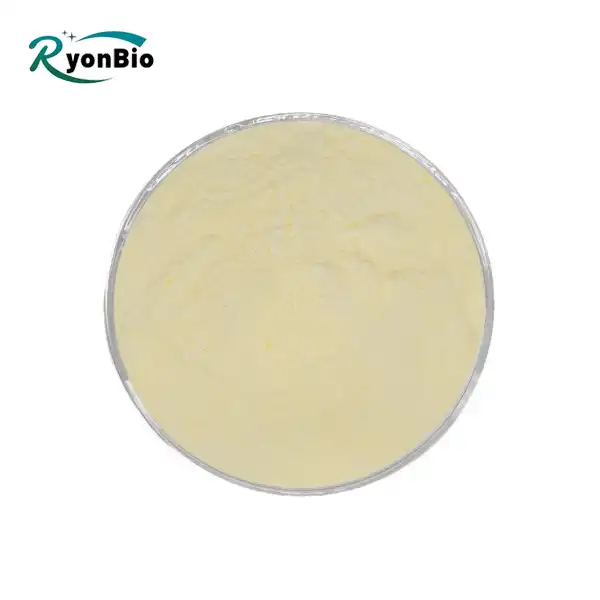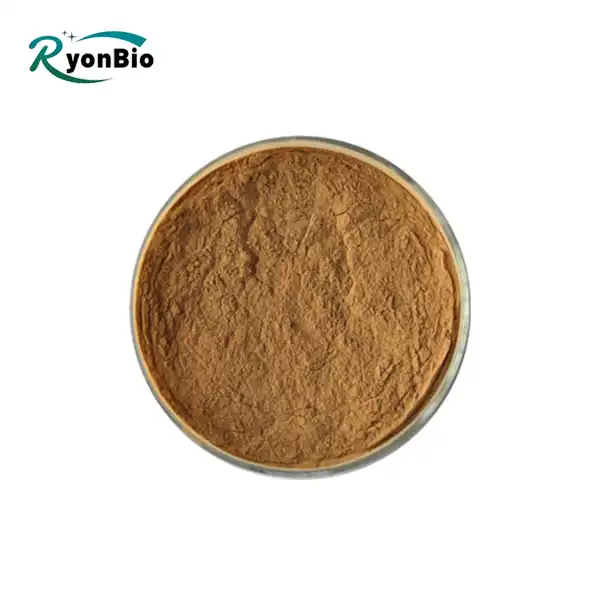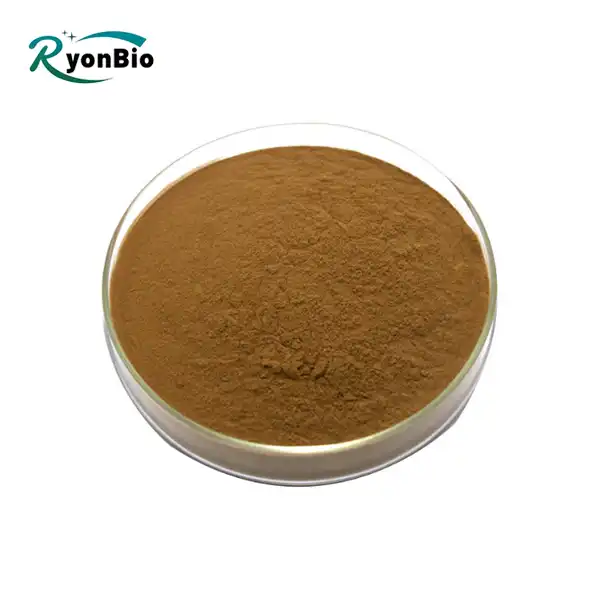Pure rice protein power is typically produced through a series of processing steps that extract protein from rice grains.

Raw Material Selection: High-quality rice grains are selected for protein extraction. Different varieties of rice may be used, but those with higher protein content are preferred for better yields.
Cleaning and Dehulling: The rice grains are altogether cleaned to evacuate any pollutions or flotsam and jetsam. They may too experience a dehulling prepare to evacuate the external body or bran layer, taking off behind the inward rice kernel.
Protein Extraction: The cleaned and dehulled rice bits are at that point prepared to extricate protein. This can be done utilizing different strategies, such as:
Wet Extraction: The rice is drenched in water to mollify it, and at that point the protein is isolated from the starch and fiber components utilizing mechanical or enzymatic strategies. The protein-rich slurry gotten from this prepare is at that point encourage prepared to disconnect the protein.
Dry Processing: The rice parts are ground into a fine powder, and at that point the protein is isolated from the starch and fiber through methods such as discuss classification or sieving. This strategy regularly yields rice protein concentrate.
Protein Concentration: The extricated protein may experience advance concentration to increment its protein substance. This can be accomplished through methods like filtration, centrifugation, or vanishing, which expel abundance water and non-protein components.
Purification: To get a purer frame of rice protein, extra decontamination steps may be utilized. This may incorporate forms such as chromatography or ultrafiltration, which partitioned proteins based on their atomic weight or other properties.
Drying: The concentrated and decontaminated rice protein is at that point dried to decrease dampness substance and make a steady powder shape. This is ordinarily done utilizing procedures like shower drying or solidify drying, which protect the protein's dietary quality and usefulness.
Packaging and Storage: The final rice protein powder is packaged into containers or bags for distribution and storage. Proper packaging helps maintain the protein's freshness and prevents contamination.
Rice protein has gained popularity as a plant-based protein source due to its potential health benefits and suitability for various dietary preferences, including vegan and vegetarian lifestyles.

What Is Rice Protein and Why Is It Popular?
Pure rice protein power is a type of plant-based protein derived from rice grains. It has gained popularity among consumers seeking alternatives to animal-based proteins due to its hypoallergenic nature and complete amino acid profile.
Rice protein is a plant-based protein derived from brown rice, often through a process that involves extracting protein from rice grains. It has gained popularity as a dietary supplement and ingredient in food products for several reasons:
Hypoallergenic: Unlike some other protein sources such as soy or dairy, rice protein is hypoallergenic, meaning it is less likely to cause allergic reactions or intolerances in individuals with sensitivities or allergies to common allergens.
Digestibility: Rice protein is for the most part simple to process, making it appropriate for people with delicate stomachs or stomach related issues. It is regularly favored over other protein sources that may cause bloating, gas, or inconvenience in a few people.
Vegan and Vegetarian-Friendly: Rice protein is totally plant-based, making it appropriate for vegetarians, vegans, and people taking after plant-based diets who look for choices to animal-derived proteins.
Environmental Supportability: Rice is a broadly developed trim, and its protein byproduct gives an naturally feasible protein source compared to animal-based proteins. Choosing rice protein over creature protein may contribute to diminishing natural affect and asset utilization related with creature agriculture.
Versatility: Rice protein can be found in different shapes, counting protein powders, bars, and snacks. Its impartial flavor makes it flexible for including to smoothies, shakes, prepared products, and savory dishes without altogether changing the taste.
Health Benefits: Beyond its protein content, rice protein also contains other nutrients such as fiber, vitamins, and minerals, which can contribute to overall health and well-being when incorporated into a balanced diet.
|
|
|
|
Comparing Different Methods of Rice Protein Extraction
There are various methods used to extract protein from rice grains, each with its advantages and limitations. In this section, we will compare common extraction techniques, such as wet milling, dry milling, and enzymatic hydrolysis. We will discuss the efficiency of each method in preserving protein integrity, removing unwanted components, and producing a high-quality protein powder. By understanding the differences between extraction methods, consumers can make informed decisions when selecting Pure rice protein power products.
Alkaline Extraction: In this method, rice is soaked in an alkaline solution, typically sodium hydroxide or potassium hydroxide, to break down the cell walls and release proteins. The resulting solution is then separated, and the protein is precipitated out using acidification or other techniques. Alkaline extraction can yield high protein content but may require additional processing steps to remove undesirable flavors or odors.
Enzyme-Assisted Extraction: Enzymes such as proteases are used to hydrolyze proteins in rice, breaking them down into smaller peptides and amino acids. This method can be more gentle compared to alkaline extraction and may result in proteins with better functional properties and flavor profiles. However, it may be less efficient in terms of protein yield.
Wet Milling: In wet milling, rice grains are soaked and ground into a slurry, which is then centrifuged or filtered to separate the protein from other components such as starch and fiber. This method can be relatively simple and cost-effective but may require additional processing steps to concentrate and purify the protein.
Conclusion
In conclusion, Pure rice protein power is a valuable plant-based protein source that offers numerous health benefits and dietary advantages. By understanding the manufacturing process of rice protein, from raw grain to final powder, consumers can appreciate its nutritional value and quality. Whether you're looking to supplement your protein intake or adhere to a specific dietary lifestyle, rice protein provides a versatile and sustainable option for meeting your nutritional needs.If you want to learn more about this kind of pure rice protein, welcome to contact us:kiyo@xarbkj.com
References
1.Rice Protein: Benefits, Nutrition, and Side Effects" - Healthline
2.A Comprehensive Review on Rice Protein Production and Applications" - Frontiers in Nutrition
3.Processing and Utilization of Rice Protein" - ResearchGate
4.Rice Protein: Extraction Methods and Applications in Food Industry" - Journal of Food Science and Technology
5.Comparison of Wet and Dry Milling Methods for Rice Protein Extraction" - International Journal of Food Science & Technology



